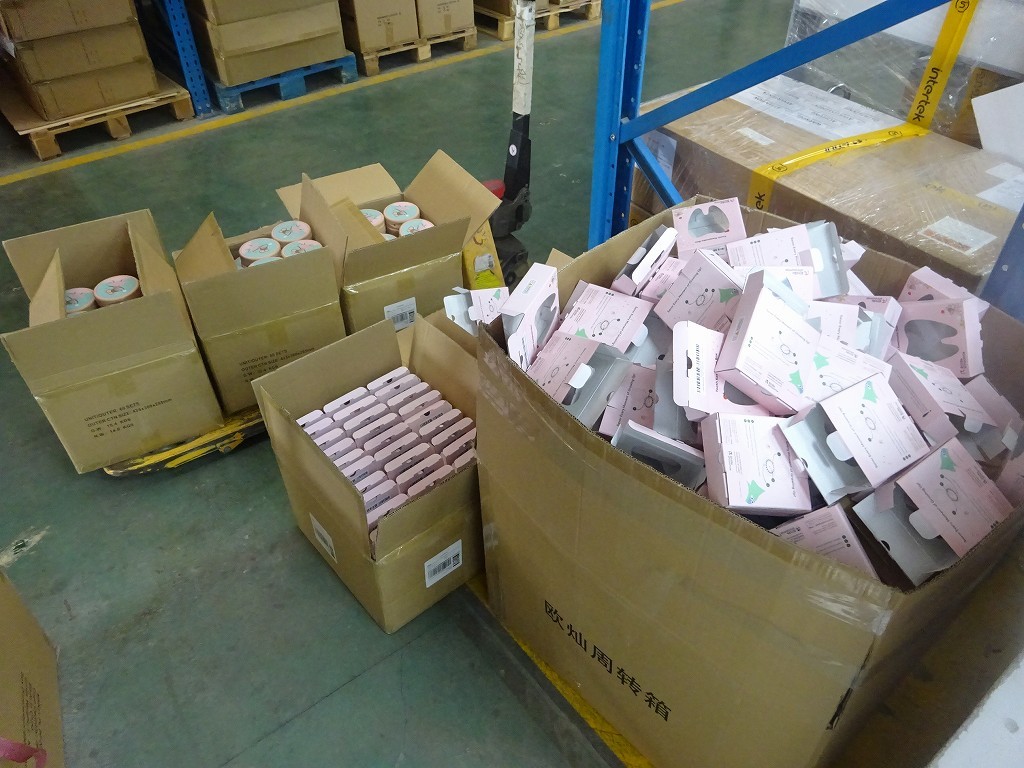Lithium-ion batteries are widely used in various applications, including electric vehicles (EVs), portable electronics, and renewable energy storage. While they offer high energy density and longer lifespan, ensuring their safety is of paramount importance. This article aims to provide a comprehensive checklist and highlight international safety standards for safeguarding lithium-ion batteries against hazards such as thermal runaway, fires, and explosions.

Contents
1.Electrode Material Selection:
The choice of electrode materials significantly influences battery safety. Manufacturers should consider materials with high thermal stability and low reactivity. Strategies like using thermally stable electrolytes and incorporating flame retardant additives can minimize the risk of thermal runaway.
2.Cell Design and Manufacturing:
Proper cell design and manufacturing practices play a crucial role in battery safety. The following factors should be considered:
a. Separator Design: Implementing separators with appropriate thermal stability and puncture resistance can prevent thermal runaway caused by internal short circuits.
b. Electrode Coating Integrity: Ensuring uniform and consistent electrode coating prevents localized hotspots and improves battery stability.
c. Venting Mechanisms: Incorporating pressure relief vents or mechanisms helps release excess gas or pressure during abnormal conditions, preventing explosions.
d. Quality Control: Rigorous manufacturing processes, including inspections, testing, and traceability, should be implemented to maintain consistent quality and identify potential defects.
3.State-of-Charge (SOC) and Voltage Control:
Proper management of the battery’s state-of-charge and voltage is essential for its safety. Overcharging or discharging beyond safe limits can cause thermal instability, leading to fires or explosions. Battery management systems (BMS) should be employed to monitor and regulate SOC and voltage levels within safe operating ranges.
4.Temperature Management:
Temperature is a critical factor affecting battery safety. Excessive heat generation during charging, discharging, or external exposure can trigger thermal runaway. Effective temperature management measures include:
a. Thermal Management Systems: Incorporating cooling systems, such as liquid or air cooling, helps maintain optimal operating temperatures and prevents overheating.
b. Temperature Sensors: Integrating temperature sensors within the battery pack allows real-time monitoring and triggers thermal protection mechanisms when critical temperatures are reached.
5.Charging Infrastructure:
Charging systems and infrastructure must comply with safety standards to prevent accidents during the charging process. Key considerations include:
a. Overcurrent and Overvoltage Protection: Implementing safeguards to prevent excessive current or voltage levels during charging.
b. Ground Fault Protection: Ensuring proper grounding and incorporating ground fault protection devices to minimize electrical hazards.
c. Charging Station Inspections: Regular inspections and maintenance of charging stations to identify and rectify any potential safety risks.
6.Transportation and Handling:
Safety measures for the transportation and handling of lithium-ion batteries are essential to prevent accidents during storage or transit. Key practices include:
a. Packaging Standards: Adhering to international packaging standards, such as UN38.3, for safe transportation of lithium-ion batteries.
b. Impact and Vibration Resistance: Ensuring battery packs are adequately protected from impacts and vibrations during transportation to avoid damage or leakage.
c. Training and Awareness: Providing proper training to handlers and transportation personnel regarding safe handling procedures and emergency response protocols.
International Safety Standards:
Several international safety standards and certifications are crucial for ensuring the safety of lithium-ion batteries. These include:
a. UN Manual of Tests and Criteria: Provides testing procedures for transportation safety, including thermal abuse, mechanical shock, and external short circuit tests.
b. IEC 62133: Specifies safety requirements for portable sealed secondary lithium cells and batteries.
c. ISO 12405: Provides guidelines for the safe use of lithium-ion traction batteries in electric vehicles.
d. UL 2580: Safety standard for lithium-ion battery packs used in electric vehicles.
Conclusion:
The safety of lithium-ion batteries is of utmost importance to prevent incidents such as thermal runaway, fires, and explosions. Implementing a comprehensive checklist that covers electrode material selection, cell design, state-of-charge and voltage control, temperature management, charging infrastructure, and transportation and handling practices is crucial. Adhering to international safety standards and certifications ensures that battery manufacturers, users, and stakeholders can have confidence in the safety and reliability of lithium-ion batteries across various applications.






